After spending more than a year conquering the operating system's overhauled (and nonintuitive) interface in its various prerelease iterations, I've now entered a second stage of frustration: I find myself cursing at Windows 8's major changes less and less, but shaking my fist and swearing like a sailor at its little irritations more and more.
Beyond its polished, tile-based surface, Microsoft's new operating system plays host to a legion of smaller annoyances—a cornucopia of quirks that will leave you seething long after you get the hang of all the new gesture controls and schizophrenic system options. Some of the problems are whoppers. Others are mere nitpicks that result from a lifetime of traditional Windows use. But many of these problems can be fixed, with one major exception. Read on!
Lock down the lock screen

Open the Run command box by searching for "Run," pressing Windows-R, or moving your mouse pointer to the lower-left corner of the Desktop screen, right-clicking, and selecting Run in the Quick Access menu.
Now type
gpedit.msc and press Enter to open the Local Group Policy Editor. Navigate to Computer Configuration > Administrative Templates > Control Panel >Personalization in the left menu. Double-click the Do Not Display the Lock Screen option in the main pane to open a new window. Select the Enabled radio button, click OK, and you're done. Buh-bye, lock screen! Press Start to continue
Enough words have been written about Windows 8's missing Start button to fill the Library of Congress twice over, so I won't spend much time on it. But if you're looking to bring back the Start button and possibly even banish the live-tiled Start screen for good, check out the free (and awesome) Classic Shell program. We cover it in-depth in our roundup of free tools designed to bend Windows 8 to your will.No POP for you!
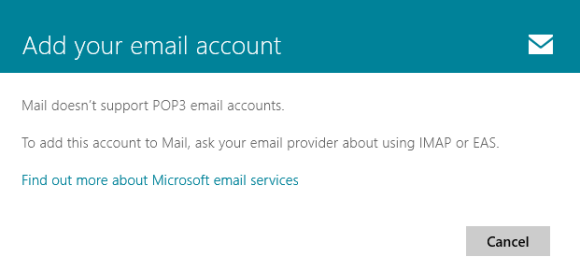
If you're running Windows 8 and need to keep tabs on a POP email account, I first recommend downloading Mozilla's free Thunderbird email application and using it in Desktop mode. But if you don't want to do that (or if you're running Windows RT), you have a workaround for Microsoft's POP reluctance, though it's somewhat clunky.
The key lies in the Mail app's support for popular webmail clients, including Gmail and Outlook.com—two free favorites that just happen to be able to connect and link with outside POP email accounts. See where I'm going here? Just create a free email account with either service, and then link your POP mail account to it using the tutorials supplied by Outlook.com or Gmail.
After persuading your POP account to play nice with your Outlook.com or Gmail account, add your chosen webmail service to the Windows 8 Mail app through the normal means. Voilà! Your POP mail will work its way into the Mail app inbox by way of its webmail proxy.
Here's the kicker: When you send email, the Mail app will let you use only your webmail email address, not your POP mail address. There isn't any way around the limitation, but at least your messages will land in your inbox.
No DVD playback? No problem!

VLC isn't as polished as Microsoft's Media Center software, but it's jam-packed with utility, offering full DVD playback and ripping support, robust file-transcoding options, the ability to tune in to Internet videos and podcasts alike, and even spotty Blu-ray support if you enlist the help of add-ons with questionable legality. Our guide to mastering VLC will get you up and watching in no time—and for no money.
Just what do you think you're doing, Dave?
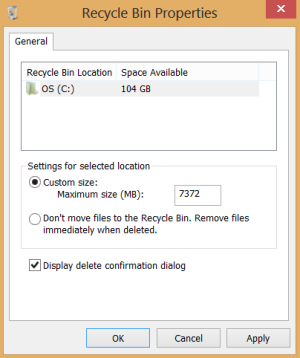
If you want to bring back the warning, right-click the Recycle Bin and select Properties. Simply check the Display delete confirmation dialog box in the new window, click OK, and you're good to go. Getting rid of the option is as easy as removing the checkmark once again.
Forget the Bing app
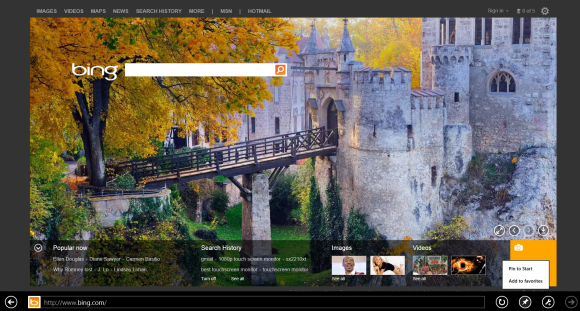
You can have your attractive cake and eat it too by pinning the Bing.com website to the Start screen. Head to Bing.com, click the Pin This Site icon in the toolbar, and then select Pin to Start. Annoyance averted.
Higher resolution, lower readability
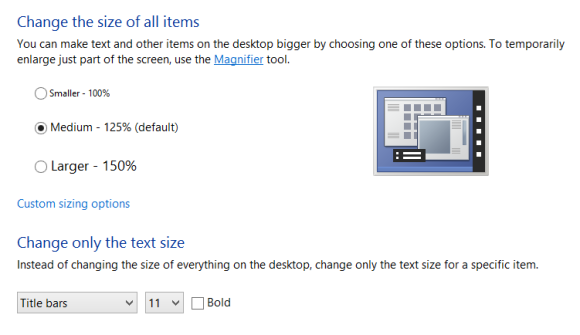
Many convertibles stick to an Ultrabook-type form factor, squeezing that 1080p resolution into a 10- to 12-inch screen. The ultrapacked pixel density makes for a razor-sharp picture, but text appears a bit too small for my taste in desktop mode. Fortunately, a trick that helped farsighted folks browse with ease in Windows 7 still applies in Windows 8.
Right-click anywhere on the desktop, select Screen Resolution, and then click Make text and other items larger and smaller. The Change the size of all items option works great if you plan on sticking to a touchscreen interface, boosting the size of icons and text alike to make them finger-friendly. I prefer using the Change only the text size option on hybrid-type devices that include a touchpad or mouse, however. The drop-down menu includes a bevy of text types, each of which you can individually alter to suit your particular needs.
The one that got away
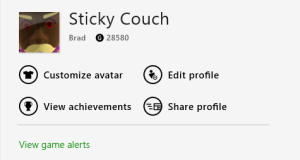
I'm a huge proponent of the system's ability to transfer basic settings and files between multiple computers with the help of a cloud-connected Microsoft Account. I've accumulated several Microsoft Accounts over the years, however. One exists solely to maintain my Xbox Live gamertag, with more than six years' worth of achievements, Microsoft points, and associated purchases tied to it. Another Microsoft Account plays host to my grandfathered 25GB SkyDrive account, and all the files inside. I rely on a third as my primary Microsoft Account login.
There is no way to merge the multiple accounts into a single, comprehensive Microsoft Account.
The aforementioned support calls proved unhelpful in clearing up the issue. Taking to the Internet, I found this July 2012 forum post by a Microsoft representative stating that the company has no plans to introduce an account-merging option. "I think it would be a nice feature, but it was repeatedly assessed as too costly compared to other needs," he said.
That sucks for a long-term Microsoft fan like myself, especially since I jump from computer to computer frequently. I've resigned myself to the fact that I need to juggle three separate Microsoft Accounts in order to keep full functionality. Signing out of my main account and back in with my secondary accounts on the SkyDrive and Games apps doesn't take long, but it's frustrating, all the more so because I won't have any way to fix this particular irritation at any time in the foreseeable future.
Ah, well. You can't win 'em all, I guess.
Sign up here with your email

ConversionConversion EmoticonEmoticon